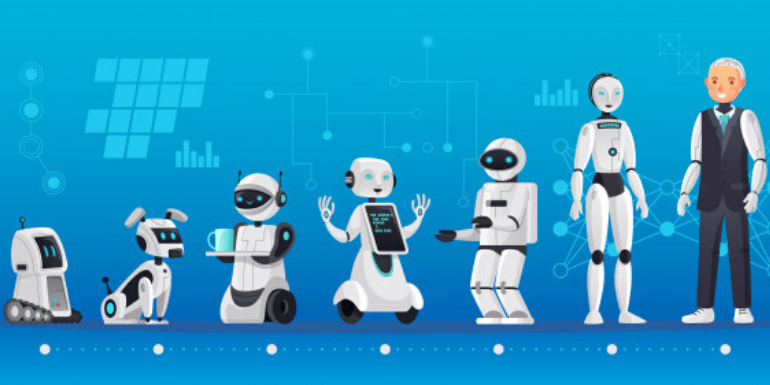Vital Technology Used to Improve Industrial Safety

Technology has revolutionised some of the most important industries around the world. It’s made our lives a lot easier while also improving the efficiency of many industrial processes. However, the most significant progress has been made in workplace and industrial safety. While workplace accidents are unavoidable, technology is helping to reduce the risks and ensure that everyone can carry out their jobs safely and without fear of serious injuries.

No matter what industry it is and no matter how hazardous the environment, technology and proper training is being used to address concerns. Not only are workplace accidents serious risks for employees, but they also cost businesses significant sums of money in compensation payouts, lost business and even legal issues. In this article, we’ll examine some of the key technologies which are being used every day to keep us safe at work.
Electronic Sensors
Industrial processes can be highly sensitive to even small changes in temperature or movement. In addition, it’s important that these processes are monitored to reduce potential health and safety risks. Industrial machines have safety shutdowns that can be initiated if an employee notices a sudden change that could be dangerous. However, this relies on an employee always keeping watch, and them being able to react quickly enough.
Thanks to electronic sensors, industrial processes can be managed automatically. Digital thermometers are capable of reading temperature changes with a high degree of accuracy, and can machines can be programmed to shutdown if a certain temperature threshold is exceeded. These devices are available at RS, although they’re not the only form of electronic sensor used in modern industrial processes.
Other sensors used in industry include decibel monitors to manage excessive noise, gas and chemical sensors to detect potential harmful chemical leaks and pressure sensors to monitor and maintain pressure levels in hydraulic systems. Sensors are used to control the overall safety and productivity of a number of industrial processes, creating more efficient workplaces.
Robotics
Over the years, the field of robotics has come an extremely long way. Modern automotive factories rely on huge production lines using the latest in robotic technology to manufacture and assemble complex parts. While these machines were originally limited in what they can do, they’re becoming increasingly suitable for fine tuning and carrying out delicate work. Although they’re expensive, robotic workers are ideal for reducing the potential hazards faced by employees.
Programmable machines are capable of completing work in hazardous conditions and environments and performing tasks that would be dangerous for a human. This makes them suitable for a lot of industrial work, and thanks to AI, they’re becoming more useful every day. AI technology can be used to help create fully automated production lines that require very little human intervention, fully reducing the risks faced by humans in the industrial process.
Wearable Devices
Although robotics is advancing quickly, there’s still a long way to go before human employees are a thing of the past. Until then, companies have to find ways to protect their workers as much as possible. Better training has one of the biggest impacts on safety records, but other concepts such as wearable devices can help to reduce risks that workers face in their daily tasks.
PPE such as gloves, goggles, hardhats and earplugs are now required by law in many workplace environments. These devices have changed a lot to become safer, protecting the wearer from a wide range of different dangers. In addition, companies are continually using technology such as wearable heart rate monitors and sensors to track employee safety and reduce exposure to environmental hazards.




